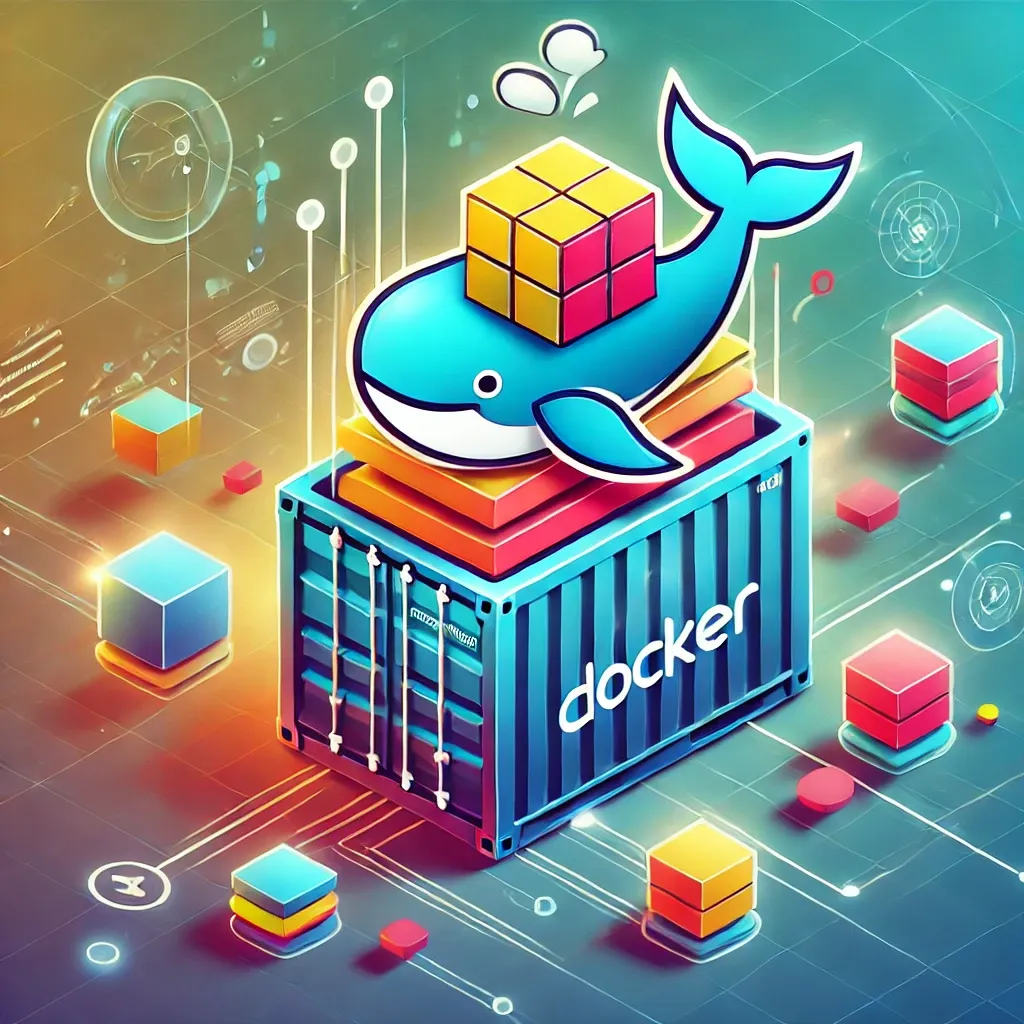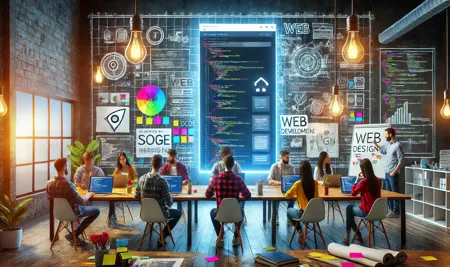
Why Docker?
Docker is a powerful tool for developers, enabling them to package applications and their dependencies into containers. Containers are lightweight, portable, and ensure consistency across different environments, making them ideal for development, testing, and deployment. In this guide, we’ll cover Docker fundamentals, from setting up Docker to creating and managing containers.
Setting Up Docker
First, you’ll need to install Docker. You can download Docker Desktop from the Docker website, available for Windows, macOS, and Linux. After installation, open the terminal or command prompt and verify the installation with:
docker --versionThis command should display the Docker version installed, confirming Docker is ready to use.
Understanding Docker Containers and Images
In Docker, an image is a lightweight, stand-alone, and executable package that includes everything needed to run a piece of software. A container is a running instance of an image. You can think of an image as a template, while containers are active instances based on that template.
Creating Your First Docker Container
To start a basic container, we’ll use a pre-built Docker image from Docker Hub. Docker Hub hosts thousands of images, including official images like nginx and ubuntu. Let’s run a container using the hello-world image:
docker run hello-worldThis command downloads the hello-world image (if not already present) and runs it as a container, displaying a message to confirm that Docker is working.
Building Custom Docker Images with Dockerfile
To create a custom image, we use a Dockerfile. A Dockerfile is a script that contains instructions for building a Docker image. Here’s an example of a Dockerfile for a Python application:
# Use an official Python runtime as a base image
FROM python:3.8-slim
# Set the working directory in the container
WORKDIR /app
# Copy the current directory contents into the container at /app
COPY . /app
# Install dependencies from requirements.txt
RUN pip install -r requirements.txt
# Run the application
CMD ["python", "app.py"]
To build an image from this Dockerfile, navigate to the directory containing the Dockerfile and run:
docker build -t my-python-app .This command builds an image named my-python-app. You can now run a container based on this image:
docker run my-python-appManaging Docker Containers
Docker provides several commands for managing containers:
docker ps: Lists all running containers.docker stop [container_id]: Stops a running container.docker start [container_id]: Starts a stopped container.docker rm [container_id]: Removes a stopped container.
To see all containers (running and stopped), use:
docker ps -aConclusion
Docker simplifies application deployment by packaging software into portable containers. By understanding Docker basics, you can create custom images, manage containers, and streamline your development workflow. Experiment with Dockerfiles and explore Docker Hub to discover more ways to leverage containerization in your projects.







0 Comments